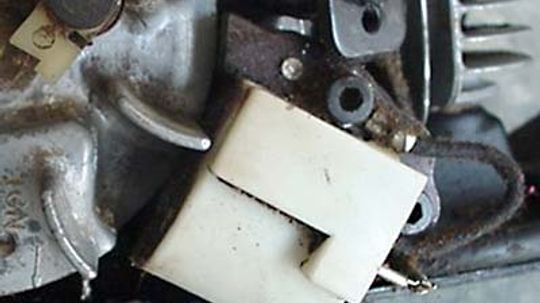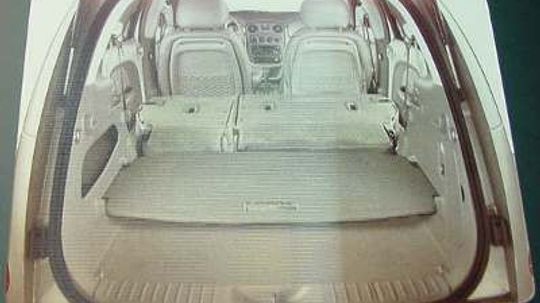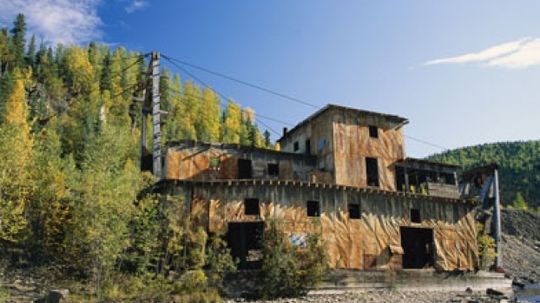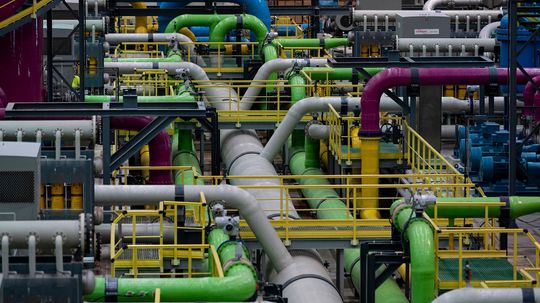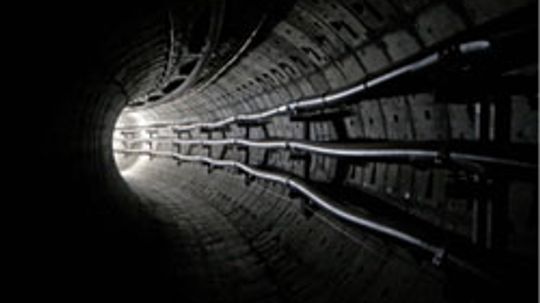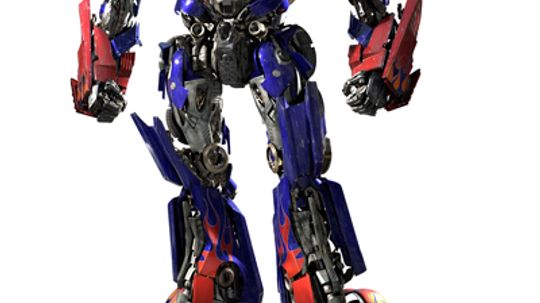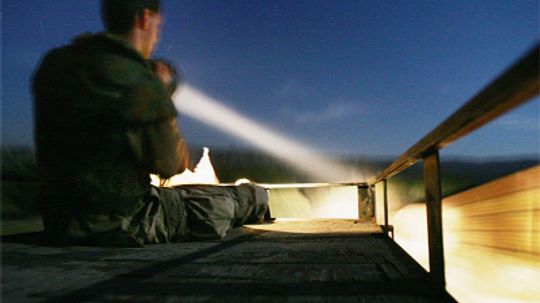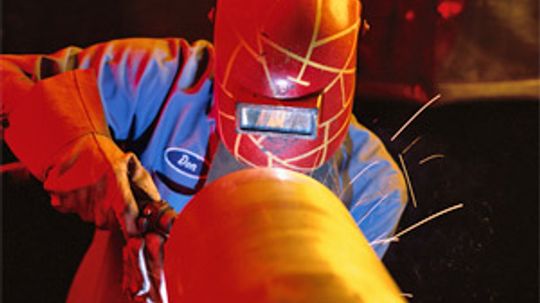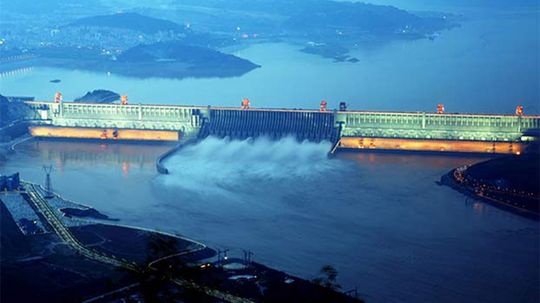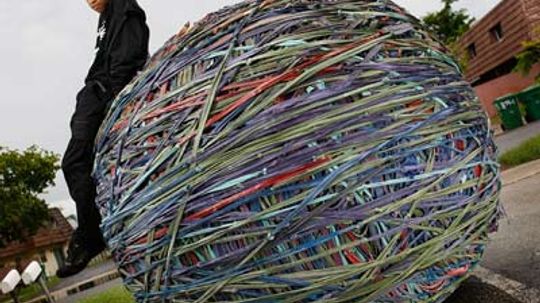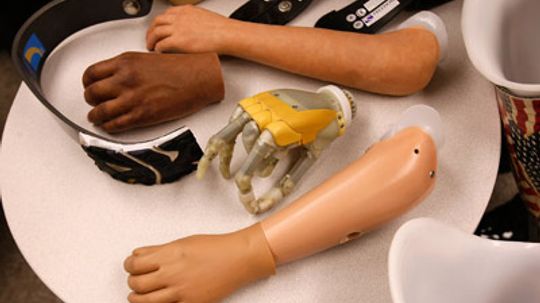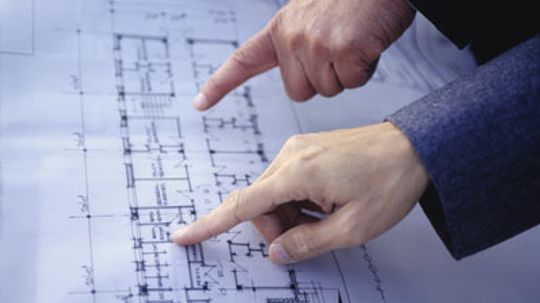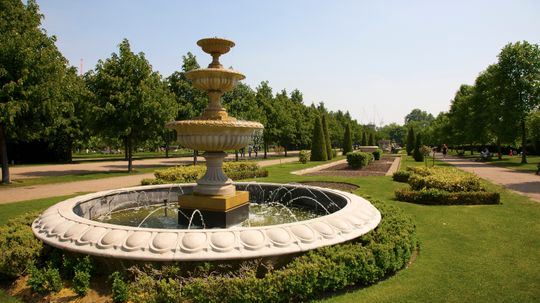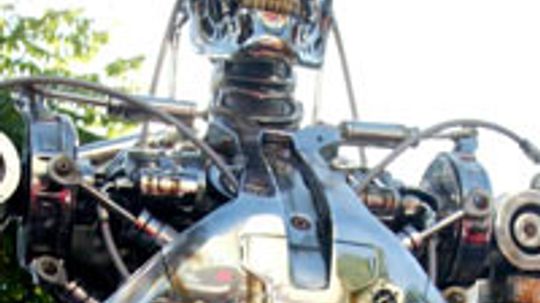Engineering
Engineering is the discipline of design and construction of mechanical devices, equipment, structures and public works systems. Topics include aircraft technologies, buildings, bridges, robotics and heavy machinery.

The World's Most Awe-inspiring Glass Buildings

10 Innovative Architects to Watch

16 World-Famous Architects and Their Impact

The Steepest Road in the World, Plus 9 Rival Inclines

Here's Longest Bridge in the U.S., Plus 7 Runners-Up

10 Types of Swords for All Sorts of Circumstances

A Horrifying Russian Lathe Accident Highlights Vital Safety Protocols
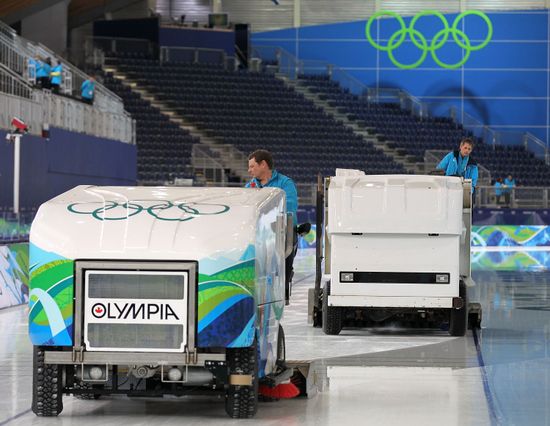
How Zambonis Work

What's the Hardest Wood in the World?
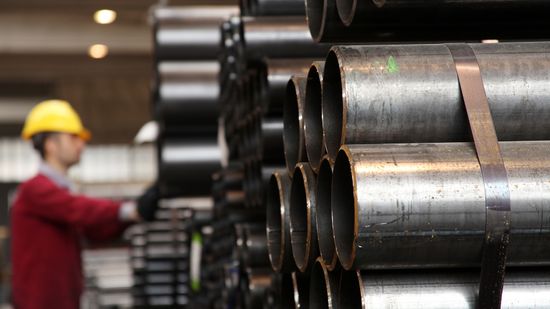
10 Types of Metal (and We Don't Mean the Music)

Are food-based plastics a good idea?
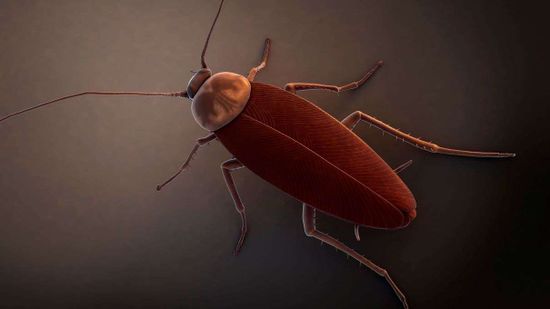
Your Thoughts Could Activate a Tiny Robot Inside Your Own Brain

How Star Wars Works: Fan-built Droids

Robot Pictures

What's the Scariest Roller Coaster in the World? 10 Contenders

The Tallest Roller Coaster in the World Stood for 19 Years

Tallest Building in the U.S. and 13 Other Stunning Skyscrapers
Learn More / Page 3
I am curious about the ignition system in my lawn mower. I know that a spark plug creates a high-voltage spark, and I know in my car the electricity for the spark comes from the battery. My lawn mower doesn't have a battery, so where does the electricty come from?
People build skyscrapers primarily because they are convenient -- you can create a lot of real estate out of a relatively small ground area. They're also awe-inspiring. Skyscrapers capture our imagination -- how high can we build them? Learn about the architecture and design of these monumental buildings.
By Tom Harris
A friend of mine showed me this card that the image changed depending on the angle that you view it at. How does that work?
Advertisement
They don't have engines, brakes or accelerators. No, these amazing machines rely on physical, centripetal and gravitational forces to urge thrills, screams and that sinking stomach feeling we all love (and hate). Read more about the science of fun.
Abandoned mine shafts may look romantic with their clapboarded entrances and rusting pickaxes, but they can be deadly. So who ensures that these dangerous sites are properly closed up? You may find the answer a little unsettling.
By Josh Clark
Steam technology powered the Industrial Revolution, transformed the global shipping industry and revolutionized modern warfare. But how do steam engines actually harness the power of steam?
By Robert Lamb & Yara Simón
Turning saltwater into tasty, drinkable H20 at desalination plants is probably the biggest-selling point of reverse osmosis, but let's back up a minute. What's osmosis, and why - and how - is reversing it useful to us?
Advertisement
A tunnel can be simply defined as a tube hollowed through soil or stone, but actually constructing a tunnel is a challenge. Find out how tunnels are built.
Will we see robots with Transformers' capabilities during our lifetimes? Some existing robots have a lot in common with Transformers. Learn how.
This nonlethal weapon doesn't cause any lasting damage, but it may cause you to pray to the porcelains gods if an officer shines one in your eyes long enough to subdue you.
For a process that simply bonds two pieces of metal, welding affects a lot of our world and some stuff that's out of this world, like the International Space Station. What's it like to man the torch?
Advertisement
Whether we're trying to save a sinking city or dig a massive tunnel, our appetite for construction knows no bounds. But if designers had known the actual cost of these 10 projects, they might have gone back to the drawing board.
What if a scan could not only help diagnose diseases of the brain, but maybe even determine what we're thinking and feeling? A noninvasive fMRI test could do just that.
Charles Goodyear was obsessed with this stretchy material, and we are, too. It's weatherproof, shockproof and entertaining, and it's found in more products than you can shoot a rubber band at.
Frank Lloyd Wright likely is best known for his architectural stylings and his eye for detail. But there was much more to the man: He liked fast cars, he loved women and he drew inspiration from Japanese art. How did that translate to his architecture?
Advertisement
Your body is a remarkable piece of biological machinery, and your limbs are no exception. Did you ever wonder how prosthetic limbs are made and how they are controlled? And are scientists developing bionic artificial limbs?
We are a species of bridge builders. Since time began, humans have engineered structures to vault over obstacles with the help of logs, stone, steel and, of course, ingenuity. So, what keeps our bridges steadfast and strong?
Whether they're sorting out scrap metal or helping us unlock the secrets of the universe, electromagnets are pretty nifty devices. What's so great about magnetism on demand? We'll electrify you with the details.
Did you know that airplanes and space shuttles use the utterly low-tech gyroscope for navigation? Discover the secret behind gyroscopic motion!
Advertisement
The refining of iron ore is one of our most historically significant achievements. The element is so important that primitive societies are measured by the point at which they learn how to refine it.
Why does air cool down when pushed around by an electric fan? You would think that air molecules in motion would be creating friction, and therefore increasing the ambient temperature instead of decreasing it. So why do you feel cooler?
If you've ever seen a construction site, you may have noticed that the general plans for construction are drawn out in the form of blueprints. What exactly are blueprints, though, and how are they made? Find out in this article.
Rome is famous for having large public fountains that work without the use of any kind of mechanized pump. How were these fountains able to generate enough water pressure without a motor? Check out this article for the answer to this question.
Advertisement
Robot armies could soon account for up to one third of all vehicles currently in service. Learn about robot armies and robot army development.
It may seem like a strange idea, but one British researcher believes that by 2050, robots and humans will be able to marry legally in the United States. What social implications might this strange-sounding phenomenon have?
By Josh Clark
